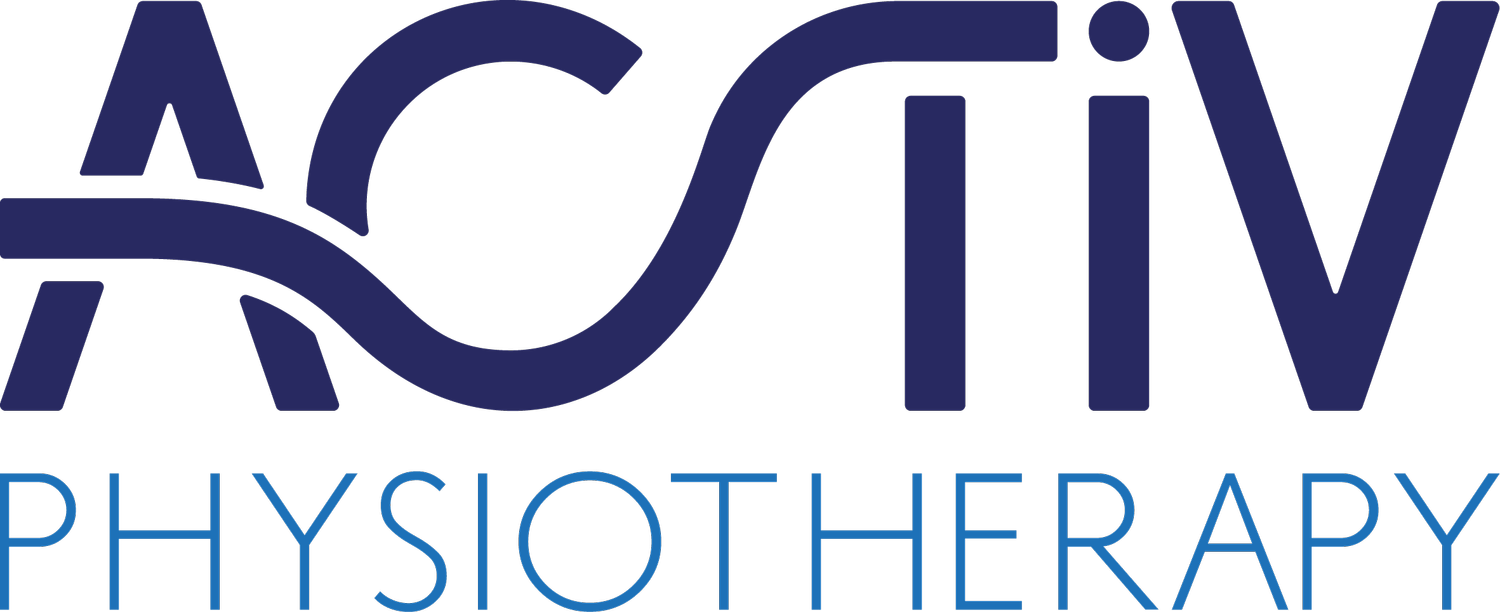An Introduction To Lower Back Pain & The Best Treatments & Exercises
If you have ever experienced back pain, there's a high chance it will be in your lower back. Low Back Pain (LBP) is the fifth most common reason for health professional visits and affects nearly 60% to 80% of people throughout their lifetime. Some studies have shown that up to 23% of the world's adults suffer from chronic low back pain with some estimates of lifetime prevalence as high as 84% in the adult population.
Studies have shown that up to 23% of the world’s adults suffer from chronic low back pain with some estimates of lifetime prevalence as high as 84% in the adult population.
A systematic review demonstrated an annual rate of adolescents suffering from back pain of 11.8% to 33% with 11% to 12 % of the population being disabled by low back pain.
Lower back pain definitions vary slightly, but the term refers to pain from below the last rib to either mid-thigh or the bottom of the buttock and associated leg pains. The most common form of low back pain is the type referred to as 'non-specific low back pain' and is defined as 'low back pain not attributed to a recognisable, known specific pathology.'
Lower back pain … affects nearly 60% to 80% of people throughout their lifetime
How Is Back Pain Categorised?
Low back pain is usually categorised in three subtypes:
1) Acute, 2) Sub-acute and 3) Chronic - all defined relating to the duration of the pain experienced by the patient.
Acute low back pain experienced for less than six weeks.
Sub-acute low back pain experienced between six and 12 weeks.
Chronic low back pain experienced for 12 weeks or more.
It is important to know that individually tailored programmes and interventions may have more results in comparison to group interventions.
Lumbar supports, back belts and shoe insoles are not always recommended in the prevention of low back pain and have sometimes been shown to have a negative effect on back pain relief.
It is not just your spinal issues that need to be addressed by the physiotherapist, he or she may be required to look at your everyday home, work and lifestyle habits as well. This means that rather than looking solely at the patient's biological and mechanical aspects, the psychological and social factors need to be taken into consideration.
Such social factors may mean that the patient is advised to make lifestyle changes or ergonomic adjustments in their home or workplace which are necessary and useful to achieve an earlier return to work.
Exercises For Your Lower Back
Exercises for Lower Back Pain often include awareness of the back, pelvic tilt, lumbar rotation, arm movements, whole-body movement in standing as well as exercises for flexibility. There are eight types of exercise which often align, in part, with similar exercises used in Pilates and Yoga - but are readily available entry level exercises in most cases and/or at the early stages of physiotherapy treatment. Exercise sheets and clear guidance on how to exercise at home are an important part of a patient's recovery.
If you’re struggling with back pain and would like to speak to one of our experienced physiotherapists, please call our Totley clinic on 0114 235 2727 or our Hope clinic on 01433 623 602.


